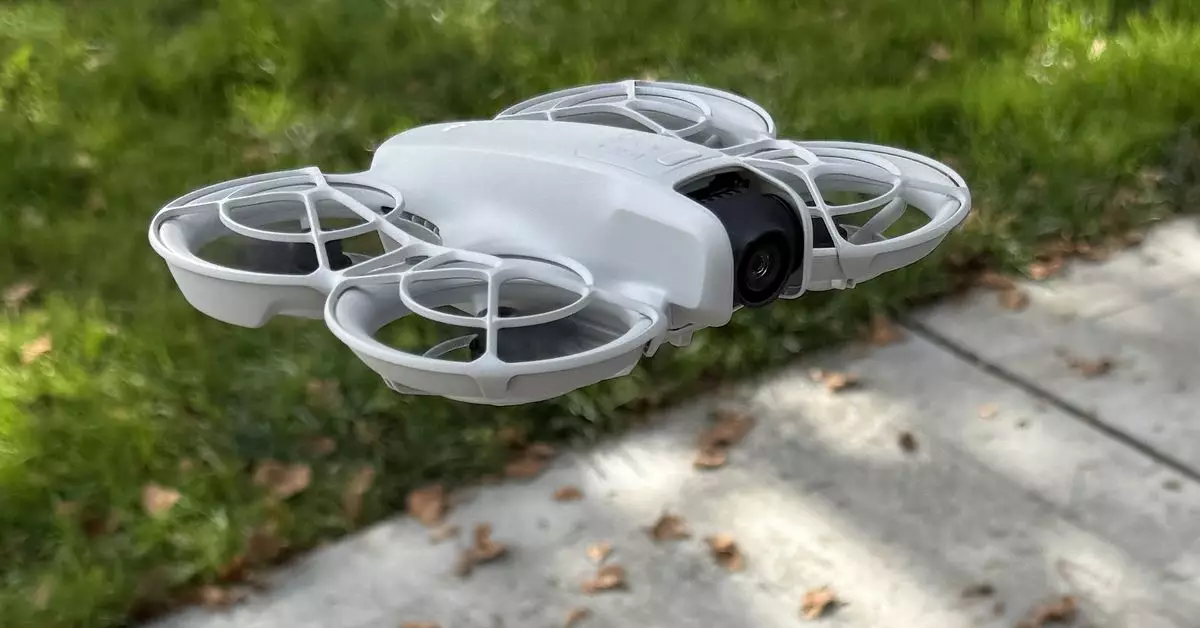In the ever-competitive landscape of consumer drones, DJI’s introduction of the Neo drone at an attractive price point of $199 has stirred significant interest among tech enthusiasts and casual users alike. As a response to the rising demand for affordable, user-friendly drones, the Neo aims to cater specifically to the selfie-taking community and social media influencers. However, what sets the Neo apart from its competitors, such as the $350 Hover X1, and how has it adapted to address its initial shortcomings?
DJI has made substantial improvements to the Neo since its launch, particularly with a recent firmware update that transformed its performance capabilities. Originally, the drone couldn’t adapt as swiftly to user movements, limiting its tracking abilities during high-paced activities. After the software revamp, reports indicate that the Neo can now keep pace with cyclists—an impressive feat for a drone in this price category. With a tracking speed now reaching an astonishing 20 miles per hour, it can outperform manual control in numerous scenarios, creating a more dynamic shooting experience. This encourages users to envision new creative possibilities for their aerial photos and videos.
One of the standout features added is the capability to shoot vertical video, which has become increasingly relevant given the popularity of platforms like TikTok and Instagram Reels. This feature opens up entirely new avenues for content creators looking to engage their audience with compelling visuals. However, users should be mindful that the Neo’s vertical video resolution is capped at 1080p, which, while adequate for many social media applications, might not satisfy those accustomed to 4K recordings. Furthermore, despite its limitations in resolution, the ability to shoot at 60 frames per second adds a touch of professionalism to the quality, cementing the Neo as a viable option for quick, on-the-fly shoots.
To fully utilize the new vertical shooting feature, users need to ensure their DJI Fly app is up to date; failure to do so may limit options available in various shooting modes. Particularly for Android users, this entails navigating through potential installation hurdles, as the app is not readily available in the Google Play Store. This aspect raises concerns about user accessibility and the potential frustration it may cause, especially for individuals who might not be technically adept.
Overall, the DJI Neo’s advancements underline a significant leap forward for the brand within the selfie drone market. With its enhanced tracking speed and vertical video capabilities, the drone is set to cater to the dynamic demands of content creators. While it still has some limitations, the meticulous attention DJI has paid to user feedback and the software updates seen thus far indicate a promising trajectory. As drones become more ingrained in daily life and social media, DJI’s Neo stands to become a dominant player in a rapidly evolving sector, provided it can continue to adapt to the needs of its user base.

